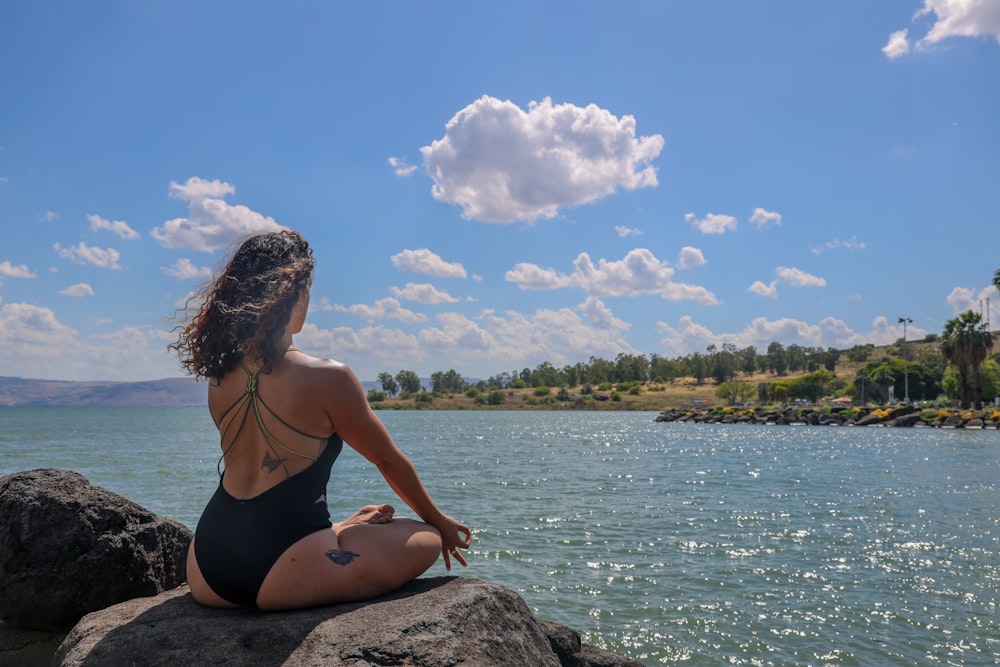How Good Sitting Posture Can Prevent Pain
Ideally, when we sit down, that should be a time to rest, recover, and not have pain.
Sitting should be resorative and not hurt. If you’re sitting properly, you’re using muscles designed to work in this situation, and letting the other muscles take a break.
Some pointers for body positioning when you’re sitting:
FEET:
They should touch the ground comfortably. If not, use a stool. Your heels should root into the ground at a slight angle, about 10 – 15%. This is a naturally comfortable position for your feet and will help prevent foot problems like bunions, fallen arches, and plantar fasciitis.
HIPS AND KNEES:
Your knees and hips will then externally rotate (right hip goes to the right, left one to the left). It is not very lady-like, but don’t worry about that for now. We first need to create a good foundation of open hips and pelvis. When your hips are more flexible which they will be through this training, then you can cross your legs and still keep a good foundation.
PELVIS:
Your behind should be behind you. Many of us are in the bad habit of tucking our tailbone under when we sit.

There’s a disc in your lower back between L5 and S1 shaped like a wedge. When you tuck your tail, this wedge becomes compressed and can bulge or herniate or press on your sciatic nerve.
Scooch your bottom as far back into your chair as you can. You may even grab the flesh of your cheeks and pull them out behind you. Try using a bolster or rolled up towel on the back of the chair to angle your glutes up and back easier. This is called anteverting your pelvis.
When I’m sitting on a cushion or the ground, I’m anteverting my hips. Ante – forward; vert – rotation. I’m turning my hips forward. This means that I’m not sitting on my tailbone.
When you antevert your hips, your tail goes behind you. If I had a tail, I wouldn’t want to sit on it.
CORE:
Now, to avoid lordosis (over-arching in your back) and slumping, we need to anchor your ribs. This is basic core engagement.
Place your hands on your lower front ribs and roll your upper body over them. Get the sensation of your ribs going in and not out. It should feel similar as when you do a crunch.
Now, keep that sensation and bring your shoulders back up. From here, either lean forward with a straight back or lean against the back of your chair with a straight back.
* CHECK: use your hands to feel the muscles on either side of your lower spine. Do they feel tight? Focus more on anteverting your hips (tilting forward of the pelvis) and bringing your ribs in (core engagement).
SPINE:
From the rib engagement, I stack my spine up straight.
Imagine your entire torso is like a tree trunk – your tailbone to the top of your head is one straight line. It’s your axis. You don’t want to lose your axis. This is your balance. This is how you can take deep breaths and sit without pain.
SHOULDERS:
One at a time, rotate your shoulder a little bit forward, then a little up, and then a lot down and back. This will open the chest and create room to breathe deeply.
When you’re working, focus on keeping this feeling in your shoulders. Resist the temptation to curve your shoulders forward when you’re working. Lean forward with a straight back, keeping your shoulders down and back, chest open.
NECK:
Your neck should be straight and long like a straight extension from the rest of your spine. If you look at a properly aligned neck from the side, there is a slight downward angle from the middle of the ear to the tip of the nose. You may even use your fingers to push your chin in.
Avoid “tech neck” where you jut your chin out. Angle your computer screen or work to where you look straight out or even slightly down. It should feel as if you're holding a small ball under your chin - between your chin and neck.
Double-check that your jaw is relaxed.
BREATHING:
The most important part – you want to be able to do this and breathe at the same time.
When you’re breathing, use your mind’s eye to visualize what’s happening inside your body. When I’m breathing in, I’m visualizing Qi or energy moving from the base of my tailbone, up my spine, to the top of my head. When I exhale, the breath moves down the front of my body to the perineum. And repeat.
Your body is still, basically, but there is a lot of movement happening here. As you breathe, there are small movements in your torso. I’m using the engaged musculature to hold everything in place.
Where mistakes frequently happen:
1. Sitting on the tailbone –
Your hips being able to rotate forward is what allows you to bend forward. If you’re lacking flexibility in your hamstrings, that’s an area you may want to work on – being able to rotate through your hips.
If you’ve been sitting on your tailbone your whole life, you may not be able to sit like this – yet. In this case, you want to use a higher seat or bolster to sit on to slowly work your hips forward over time. Be able to reach the ground, grip with your feet, relax your knees out to the sides, and work your hips forward and your butt back.
2. Overarching –
When we’re told to sit up straight, we tend to overemphasize the arch in our back. We don’t want to do this. We want to have a “J” shaped spine which is a staright spine with a little curve happening at the tailbone. The J-spine is something discovered by Esther Gokhale when she researched parts of the world that had very low incidence of back pain.
Engaging through your core with your ribs anchored gets rid of the excess arch.
MUSCLES USED WHEN SITTING
1. Abdominals –
In particular, the obliques (part of your core), which run crosswise through your mid-section and sides. These keep your ribs anchored and back straight.
2. Lats / latissimus dorsi –
This muscle group extends from your armpit and into your ribs. Try to push your hands down into the ground, as if you were going to lift yourself up. Those muscles you feel engaging through your sides are your lats. They allow your shoulders to move separately from your neck.
People with chronic neck pain tend to have either the neck movements getting involved in shoulder movements and vice versa. You should feel the muscles engage here when your hands are down by your side, typing, or doing small movements in front of you.
3. Cervical Flexors
To keep your chin is slightly in, visualize you’re holding a lemon under your chin. Keep a little distance from the chin and chest. Your chin is down but not all the way down. This alows the back of your neck to stay straight.
4. Quads / quadriceps –
You should feel some tension through your quads which are the front of your thighs. This is true more if you’re sitting on the ground or squatting.
For more information on how to alleviate posture-related pains, download our free guidebook.
Don't miss a beat!
New moves, motivation, and classes delivered to your inbox.
We hate SPAM. We will never sell your information, for any reason.


